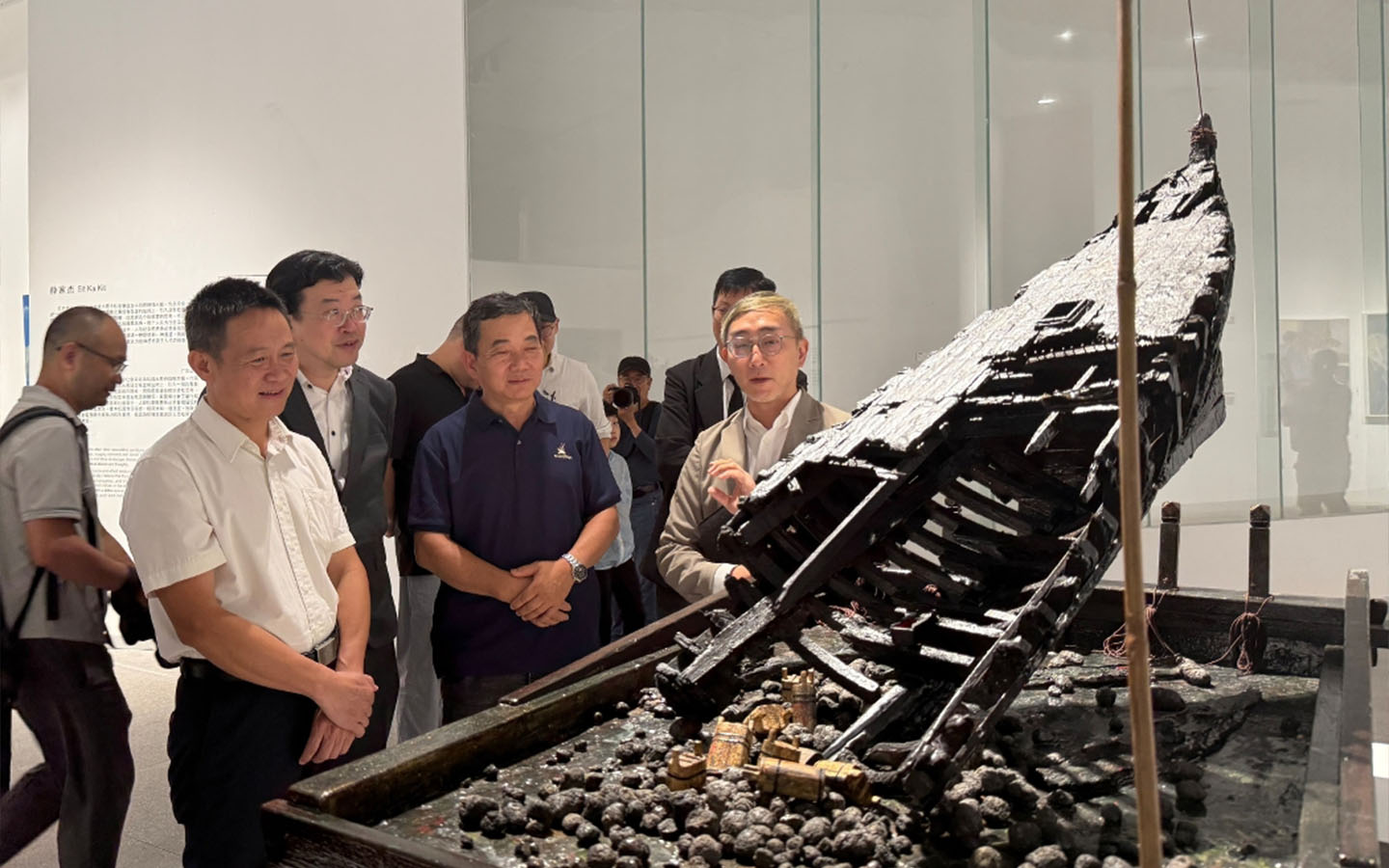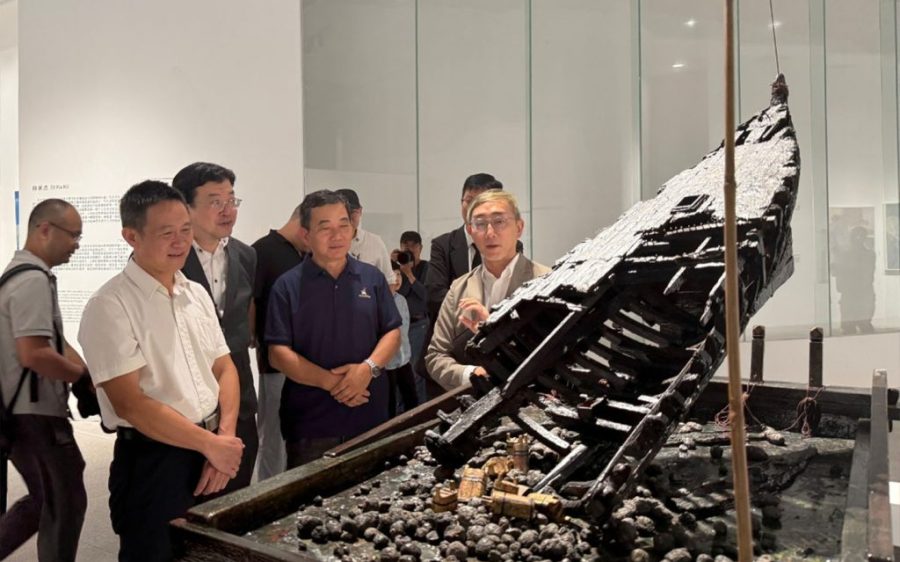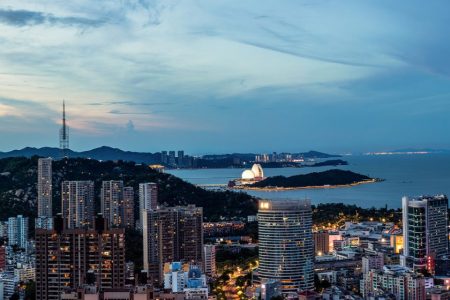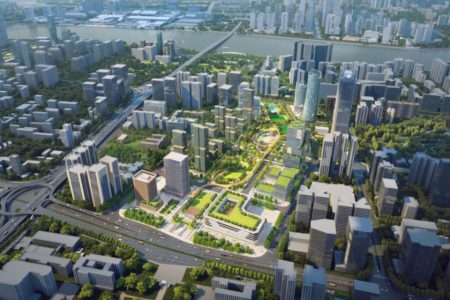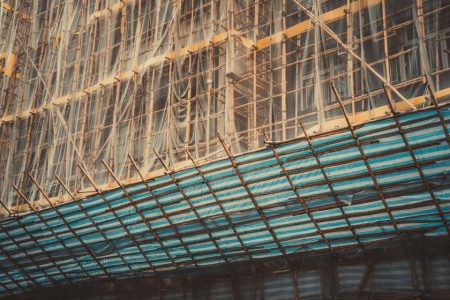The latest edition of the Hong Kong-Macao Visual Art Biennale has opened in Guangzhou, marking the fourth and final stop in a nationwide tour that has drawn over 140,000 visitors so far. The exhibition runs at the Art Museum of the Guangzhou Painting Academy from 26 July to 15 August.
This year’s theme, “Integration and Dialogue,” explores intersections of visual art, design, technology and cultural heritage, according to a statement from the Cultural Affairs Bureau (known by its Portuguese initials IC).
The Macao section, curiously titled Not Macao, But Named Macao, features 30 contemporary works by ten local artists. Their pieces span a variety of media – from painting and photography to video, installation, and immersive digital experiences – and reflect personal and symbolic relationships with the city.
[See more: Programme details have been announced for the Macao Fringe Festival]
The IC described the biennale – inaugurated in 2008 – as “a vital artistic bridge” between the SARs and the mainland, as well as “a flagship event for cultural exchange.” It is jointly organised by the bureau alongside other cultural authorities from Macao, Hong Kong and the mainland.
Earlier showcases this cycle took place in Hangzhou, Nanjing, and most recently Beijing, where the exhibition at the National Centre for the Performing Arts drew nearly 80,000 visitors – a record for a single stop on the biennale’s tour.
Participating Macao artists include Cai Guojie, Ieong Wan Si, Im Fong, Lam Im Peng, Lo Hio Ieng, Lou Kam Ieng, Ng Sang Kei, Ricardo Filipe dos Santos Meireles, Sit Ka Kit, and Xie Yun. According to IC, their work speaks to themes of identity, memory and place.
